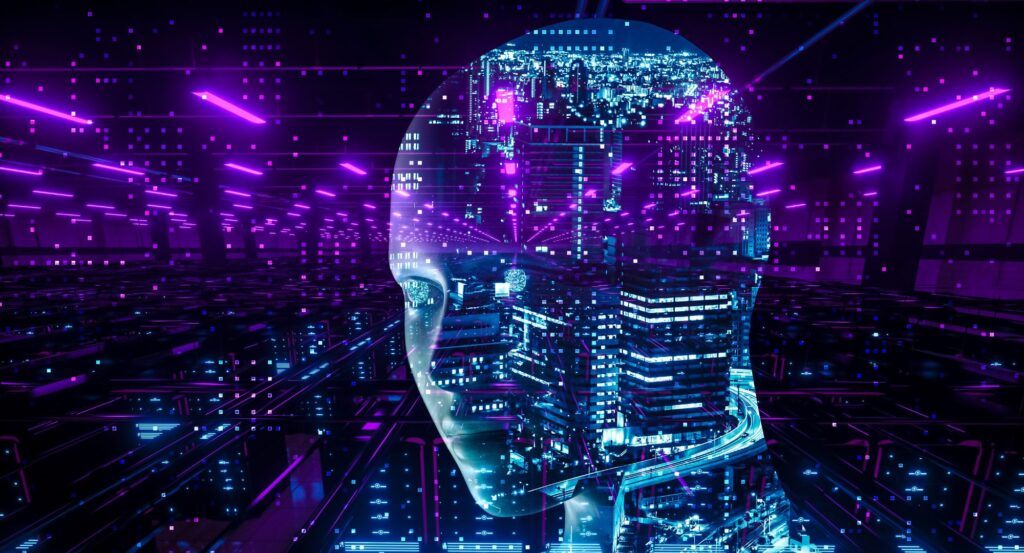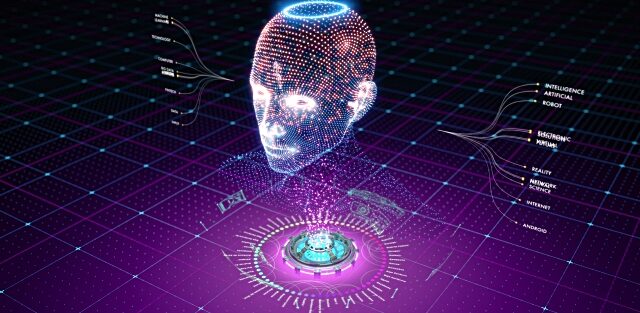
Machine learning is a subset of artificial intelligence (AI) that involves the development of algorithms and models that enable computers to learn and make predictions or decisions without being explicitly programmed for each task. It focuses on the idea that machines can learn from data and improve their performance over time through experience.
Key components and concepts in machine learning
- Data: Machine learning algorithms require data to learn patterns and make predictions. This data can be in the form of structured data (tabular data, databases) or unstructured data (text, images, audio).
- Features: Features are the characteristics or attributes of the data that are used to make predictions. Proper selection and engineering of features can significantly impact the performance of a machine learning model.
- Algorithm/Model: The algorithm or model is the mathematical representation that the machine learning system uses to make predictions or decisions. There are various types of algorithms, including decision trees, neural networks, support vector machines, and more.
- Training: Training is the process of feeding the algorithm/model with labeled data to learn patterns and relationships. During training, the algorithm adjusts its internal parameters to minimize the difference between its predictions and the actual labels.
- Testing/Evaluation: After training, the model’s performance is evaluated on new, unseen data to assess how well it generalizes to new examples. This is crucial to ensure that the model is not just memorizing the training data but is capable of making accurate predictions on new data.
- Supervised Learning: In supervised learning, the algorithm is trained on a labeled dataset, where each input example is associated with a corresponding correct output (label). The goal is to learn a mapping from inputs to outputs.
- Unsupervised Learning: Unsupervised learning involves finding patterns and structures in unlabeled data. Clustering and dimensionality reduction are common tasks in this category.
- Semi-Supervised Learning: This approach uses a combination of labeled and unlabeled data for training, bridging the gap between supervised and unsupervised learning.
- Reinforcement Learning: Reinforcement learning involves training agents to take actions in an environment to maximize a reward. It’s often used in scenarios where there’s a sequence of actions leading to delayed rewards, like in game playing or robotics.
- Deep Learning: Deep learning is a subset of machine learning that focuses on neural networks with multiple layers (deep neural networks). It has shown remarkable success in various tasks such as image and speech recognition.
- Overfitting and Underfitting: Overfitting occurs when a model learns the training data too well and performs poorly on new, unseen data. Underfitting, on the other hand, occurs when the model fails to capture the underlying patterns in the data.
- Hyperparameters: Hyperparameters are settings that are not learned by the algorithm but are set before training. They can significantly affect the performance of the model and often require tuning.


